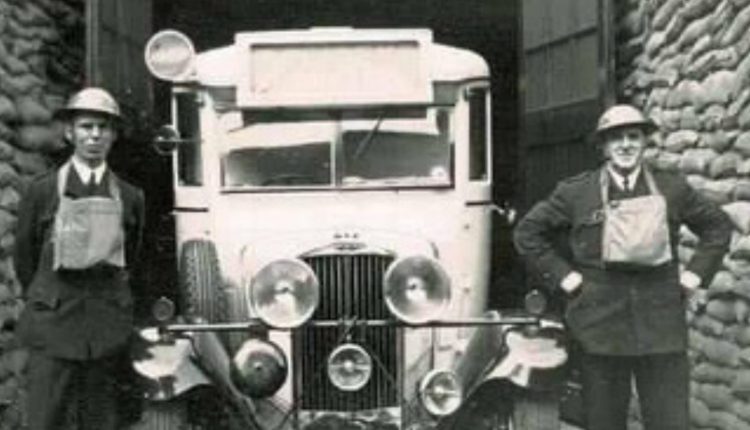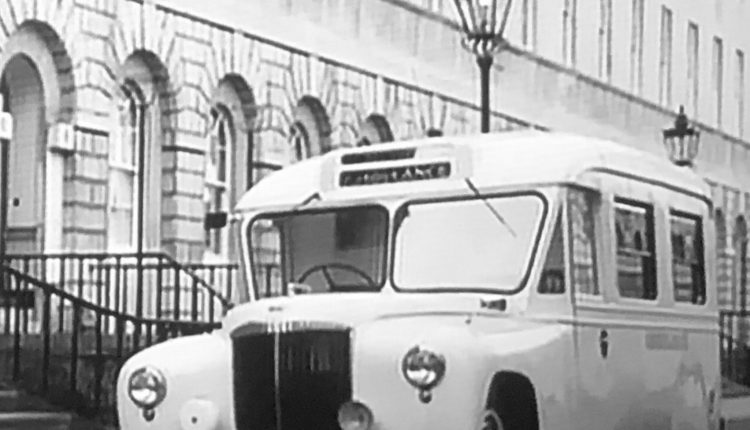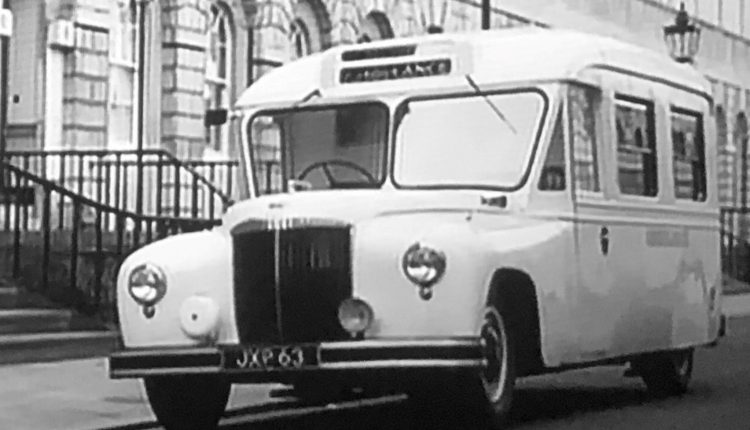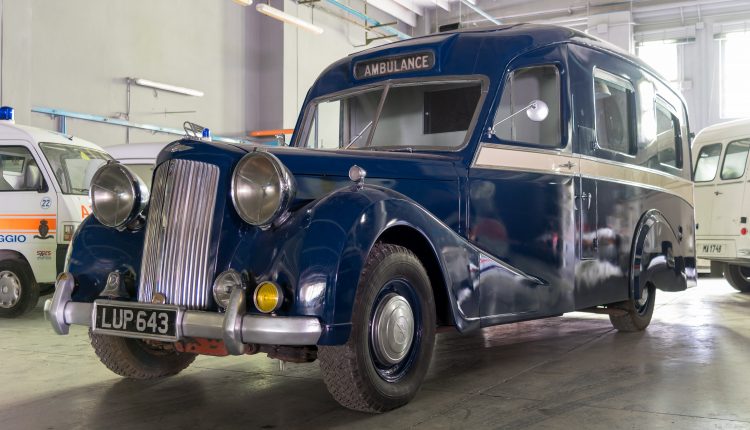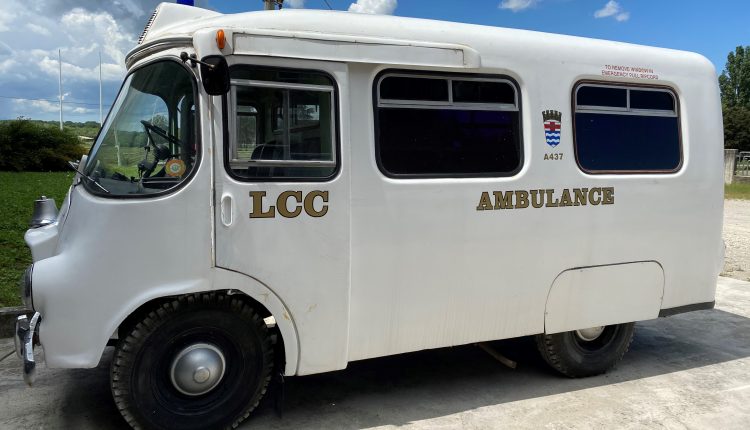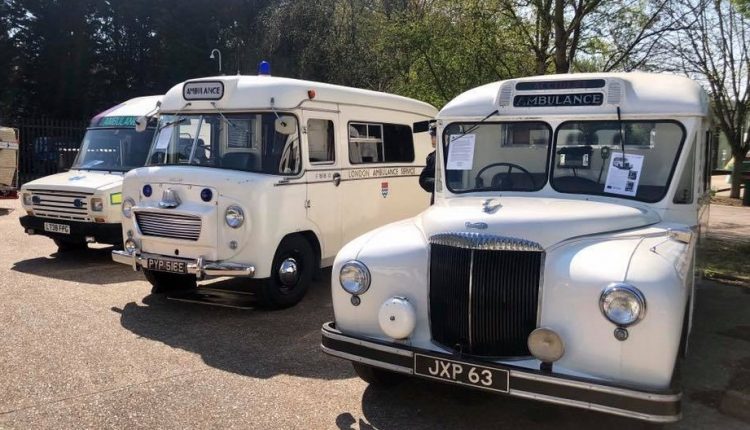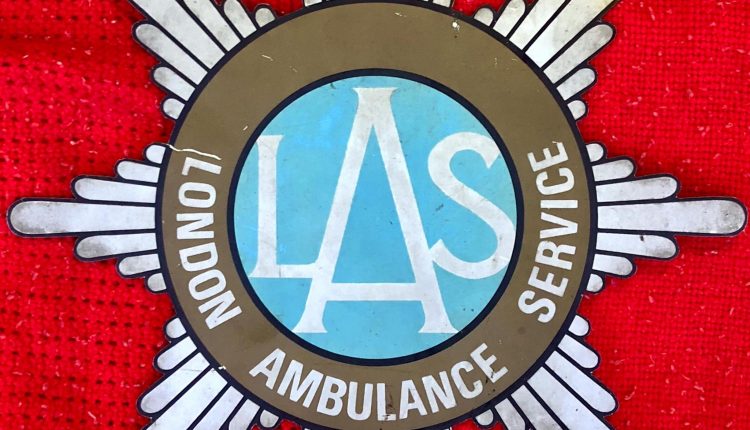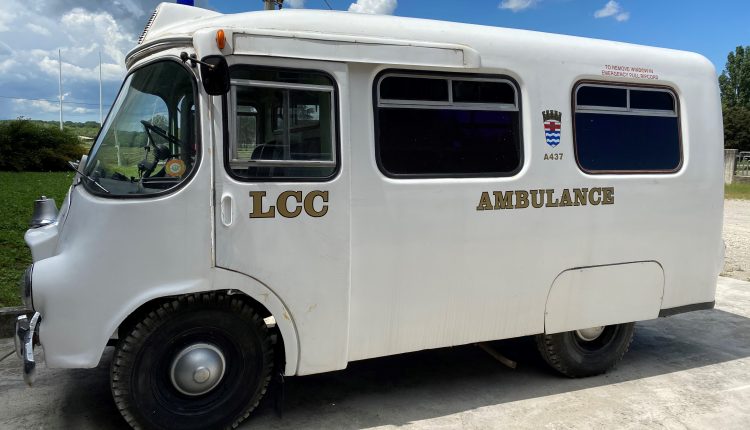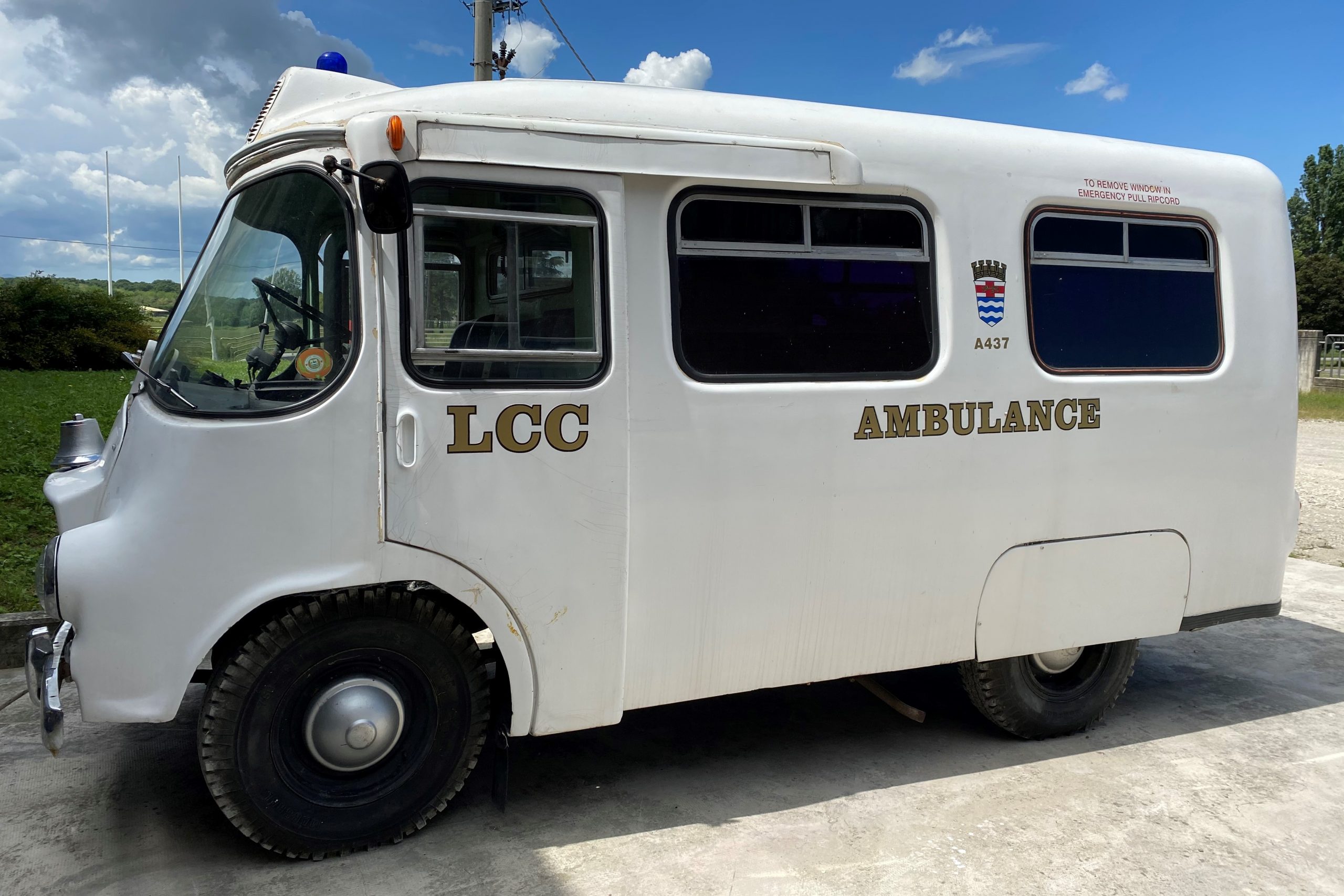
Emergency Museum: the London Ambulance Service and its historic collection / Part 1
London Ambulance Service: maybe it could be hard to imagine today, but until the late 1890s if you had an injury of any kind, it was left to the police or the firefighters to organise the stretchers, named ‘litters’, to carry patients to the nearest hospital or doctor’s surgery facility
London Ambulance Service: the genesis
A real ambulance service wasn’t created until the beginning of the 20th century.
The Metropolitan Asylums Board had six ambulance stations, each of them close to the hospitals of the respective
neighborhoods.
Almost the entire City of London fell within a three-mile radius of one of the stations.
The ambulance fleet was horse-drawn at the beginning of the century with the first petrol driven ambulance appearing in 1904 this type of ambulance could carry a single stretcher at a maximum speed of 20km/h.
A big change came in 1930 when the Government announced the proposals for the reorganisation of local government of England and Wales, including the transfer of responsibilities for the ambulance service to the county councils.
By doing so, the Board’s duties and responsibilities passed to the London County Council, which also took over responsibility for all the hospitals.
During the Second World War, a secondary ambulance service was set up as part of the Government’s civil defence service because of the continuous aerial attacks of the german airforce especially on the city of London, that created a huge amount of injured citizens in need of medical assistance.
The reorganisation of the National Health Service and the influence on the London Ambulance Service
The Post-war reorganisation led to the National Health Service Act of 1948.
As part of this, for the first time in history, there was a requirement for ambulances to be always available for all the people that needed them.
By this time, a more recognisable service was beginning to take shape. During the 1950s the London County Council’s ambulance service moved its Headquarters to Waterloo Road, but it was already clear this wouldn’t be large enough to fit such a huge quantity of vehicles and personel.
By the early 1960s it was agreed a new headquarters would be built further up always in Waterloo Road that was described by everyone as the perfect space for such an important service.
THE RESCUERS’ RADIO? IT’S RADIOEMS! VISIT THE STAND IN EMERGENCY EXPO
Read Also:
The Iconic Ambulance Nysa / Part III: The Expert Opinion Of Alberto Di Grazia
Emergency Museum: The Historic Ambulance Car Park Of The Milan White Cross
Source:
NHS London Ambulance Service; London Historic Ambulance Collection Facebook;
Link:
https://www.londonambulance.nhs.uk/about-us/historic-vehicle-collection/


